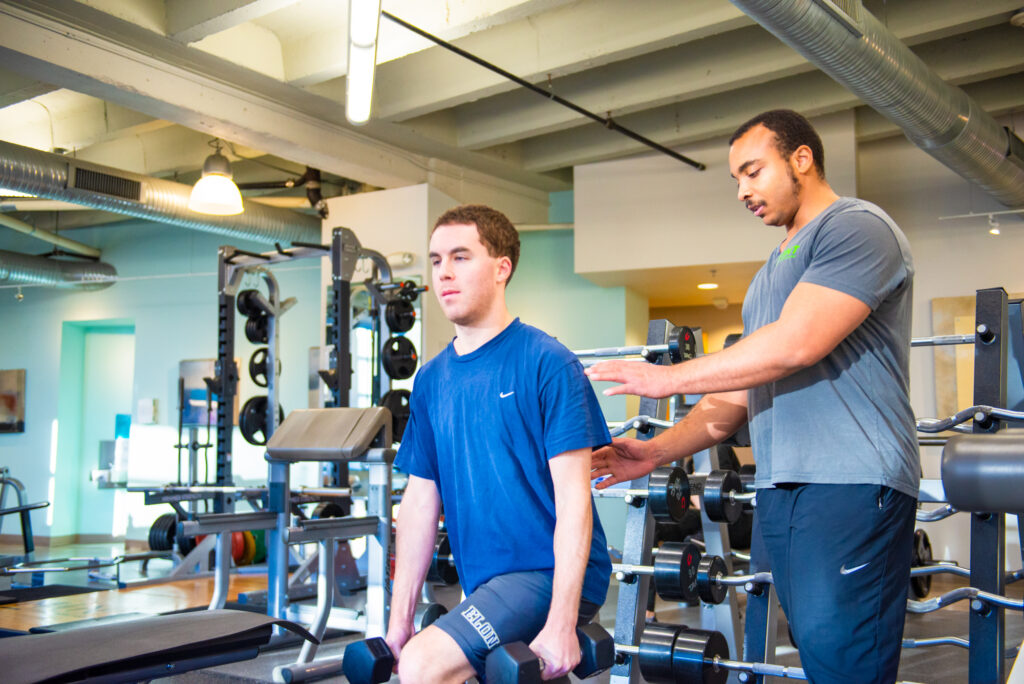Do you set specific goals for your workouts, or do you go with the flow? If you’re more of a flow type, consider incorporating some goal-setting into your routine. Your goals can be big or small, and based on consistency, reps, weight, distance, or speed. Read ahead to see how this can benefit you.

Short-term goals become long-term habits
Setting short-term goals that you know you can accomplish (e.g., working out twice a week, adding one more rep to your next set) can increase satisfaction and encourage long-term commitment and discipline. Having a clear reason to show up for your workout makes you more likely to do it. Think of short-term goals like a to-do list. You get that accomplished feeling of crossing something off, which leads to better long-term satisfaction in your routine.
Structure leads to success
Creating goals can help you understand your “why” and hone in on your objectives, leading to more focused and tailored plans and results. If your overall goal is to run a marathon, you’ll create shorter-term plans to increase your running mileage or incorporate cross-training or targeted stretching.
Track your progress
It can be hard to see incremental changes to your fitness on a day-to-day basis. By setting and accomplishing goals, you’ll see progress in real time. This is rewarding and motivates you to keep going. It also helps break you out of plateaus; when you see your strength or endurance increasing, you know it’s time to move to the next milestone.
What are some of your fitness goals? Let us know, and be sure to tag us in your sweaty selfies!





 Stock up on your personal training sessions. We have a deal for everyone – go BIG or go SMALL.
Stock up on your personal training sessions. We have a deal for everyone – go BIG or go SMALL.